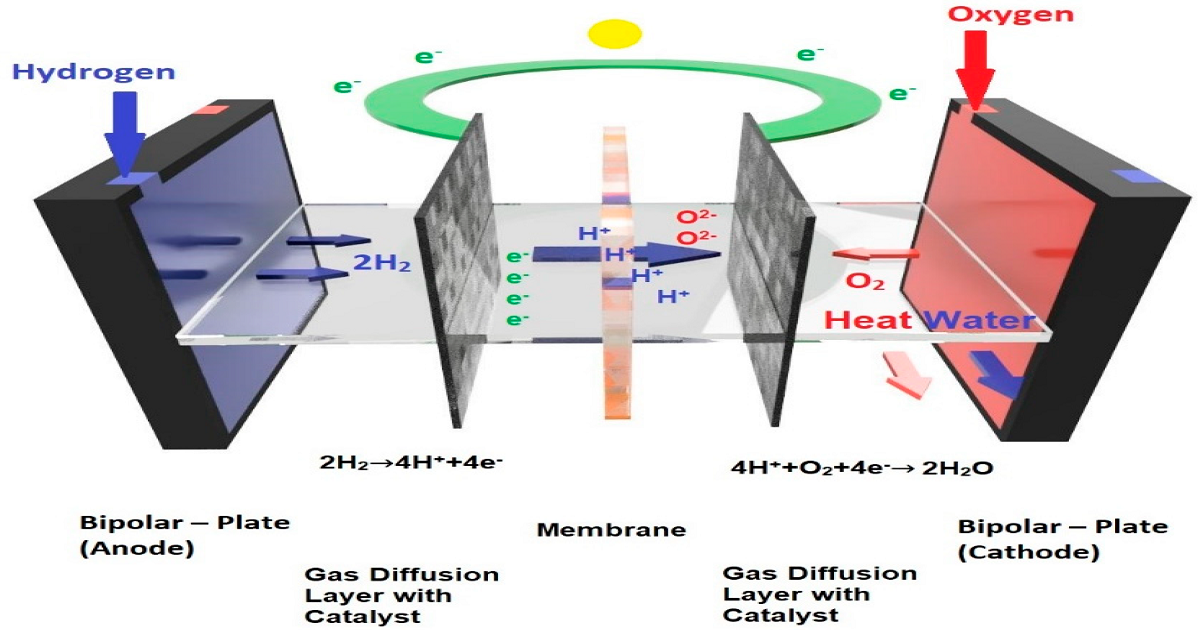Advances in Manufacturing and Recycling of Battery Materials
A special issue of Materials (ISSN 1996-1944). This special issue belongs to the section "Electronic Materials".
Deadline for manuscript submissions: closed (20 October 2022) | Viewed by 18570

Special Issue Editor
Interests: metal extraction; separation of metal ions; purification of metal compounds; recycling of spent lithium-ion batteries; manufacturing of battery materials; leaching of metal compounds by deep eutectic solvents
Special Issue Information
Dear Colleagues,
Demands for innovative battery materials are increasing in the market of IT mobile industry, electric vehicle, and energy storage systems, as interests in higher capacity and higher stability batteries increase in the era of the fourth industrial revolution and green energy.
To meet these demands, various next-generation batteries are currently being developed, such as all-solid-state, metal-air, redox-flow, lithium-sulfur, polyvalent ion, NaS, NaNi, and advanced capacitors. Moreover continuous and further research activities are needed to improve energy density, achieve low cost, and improve safety.
As electric vehicles are changed with internal combustion engine vehicles, the demand for cathode material, such as cobalt, nickel, and lithium are growing and the necessity for recycling of spent lithium-ion battery are rising. Effective spent battery recycling technology is very important for securing more amounts of battery materials, as well as solving the environmental problems due to the wrong disposal of spent battery. Even though there are some commercialized recycling processes for battery scraps and small-sized spent LIBs globally, economical, and eco-friendly recycling processes are not developed yet for large-scale spent LIBs used in EV and ESS.
This Special Issue will focus on the advances in manufacturing and recycling of battery materials for solving the bottlenecks in next-generation batteries and economical recycling process. Particularly, greater engagement with recycling will allow the battery manufacturing industry more chances to contribute to the circular economy.
It is my pleasure to invite you to submit to this Special Issue. Full papers, communications, and reviews are welcome.
Dr. Jeong-Soo Sohn
Guest Editor
Manuscript Submission Information
Manuscripts should be submitted online at www.mdpi.com by registering and logging in to this website. Once you are registered, click here to go to the submission form. Manuscripts can be submitted until the deadline. All submissions that pass pre-check are peer-reviewed. Accepted papers will be published continuously in the journal (as soon as accepted) and will be listed together on the special issue website. Research articles, review articles as well as short communications are invited. For planned papers, a title and short abstract (about 100 words) can be sent to the Editorial Office for announcement on this website.
Submitted manuscripts should not have been published previously, nor be under consideration for publication elsewhere (except conference proceedings papers). All manuscripts are thoroughly refereed through a single-blind peer-review process. A guide for authors and other relevant information for submission of manuscripts is available on the Instructions for Authors page. Materials is an international peer-reviewed open access semimonthly journal published by MDPI.
Please visit the Instructions for Authors page before submitting a manuscript. The Article Processing Charge (APC) for publication in this open access journal is 2600 CHF (Swiss Francs). Submitted papers should be well formatted and use good English. Authors may use MDPI's English editing service prior to publication or during author revisions.
Keywords
- manufacturing battery materials
- recycling of large scale spent LIBs
- all solid state battery
- metal-air battery
- vanadium redox flow battery
- lithium-sulfur battery
- NaS, NaNi
- advanced pyrometallurgical/hydrometallurgical recycling process
- application of deep eutectic solvent for ecofriendly leaching
- re-use, direct reutilization of spent LIBs
- recycling of ESS and FCEV
Benefits of Publishing in a Special Issue
- Ease of navigation: Grouping papers by topic helps scholars navigate broad scope journals more efficiently.
- Greater discoverability: Special Issues support the reach and impact of scientific research. Articles in Special Issues are more discoverable and cited more frequently.
- Expansion of research network: Special Issues facilitate connections among authors, fostering scientific collaborations.
- External promotion: Articles in Special Issues are often promoted through the journal's social media, increasing their visibility.
- e-Book format: Special Issues with more than 10 articles can be published as dedicated e-books, ensuring wide and rapid dissemination.
Further information on MDPI's Special Issue polices can be found here.






